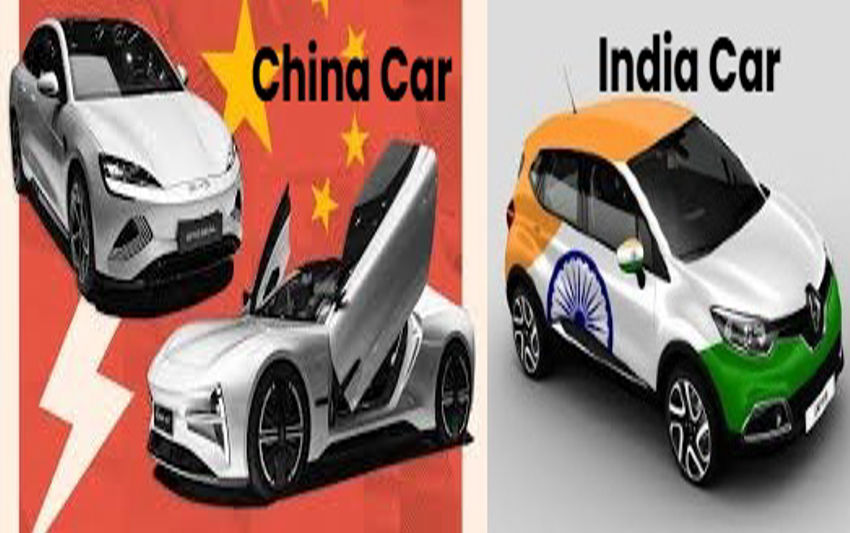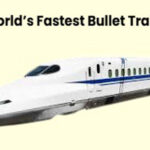The global automotive industry is undergoing a massive transformation, with electric vehicles (EVs), smart technology, and sustainability driving innovation. China and India, two of the world’s largest automobile markets, have taken vastly different approaches to automotive manufacturing and growth. While **Chinese automakers like BYD, SAIC, and NIO** dominate the EV revolution, **Indian companies like Tata Motors, Mahindra, and Maruti Suzuki** focus on affordability, fuel efficiency, and adapting to local market needs.
This article compares the strengths, weaknesses, and future prospects of Chinese and Indian automobile companies in terms of **market dominance, EV adoption, global expansion, and technological innovation**.
1. Market Size & Domestic Dominance
China: The World’s Largest Auto Market
– **Largest car market globally**, selling over **26 million vehicles annually** (2023).
– **BYD surpassed Tesla** as the world’s top-selling EV brand in 2024.
– **Government-backed EV push**—subsidies, tax breaks, and charging infrastructure.
– **Strong local dominance**—foreign brands (VW, Toyota) must partner with Chinese firms to compete.
India: A Growing but Cost-Sensitive Market
**Fourth largest auto market**, with **4.5+ million vehicles sold per year**.
– **Maruti Suzuki dominates ICE (petrol/diesel) vehicles** with ~43% market share.
– **Tata Motors leads India’s EV shift** with the Nexon EV and Punch EV.
– **High import taxes protect local manufacturers**, but limit foreign competition.
**Verdict:** China is the **global leader in scale and EV adoption**, while India is a **high-growth market focused on affordability**.
2. Electric Vehicle (EV) Adoption & Technology
China’s EV Dominance
– **World’s largest EV market**—60% of global EV sales.
– **BYD, NIO, XPeng lead in battery tech**—LFP batteries, ultra-fast charging.
– **Government mandates**—20% of all cars sold must be EVs by 2025.
– **Smart EVs with AI features**—self-parking, voice assistants, over-the-air updates.
India’s Gradual EV Shift
Although they only make up 2% of overall sales, EVs are expanding quickly.
– **Tata Motors & Mahindra drive adoption**—affordable EVs under **$20,000**.
– **Charging infrastructure lags**—only ~12,000 public chargers (vs. China’s 2+ million).
– **Hybrids gain traction**—Toyota, Maruti Suzuki push strong hybrid tech.
**Conclusion:** India is **still expanding its worldwide presence**, but China is **winning the export race**.
3. Global Expansion & Exports
China’s Aggressive Global Push
– **BYD expanding in Europe, Southeast Asia, and Latin America**.
– **MG Motor (SAIC-owned) successful in India, Australia, UK**.
– **Facing EU/US tariffs** over subsidy concerns.
India’s Emerging Export Strategy
– **Maruti Suzuki & Hyundai export small cars to Africa, Latin America**.
– **Tata Motors & Mahindra target premium markets (South Africa, ASEAN)**.
– **Still far behind China in global brand recognition**.
4. Technological Innovation & R&D
China’s Strengths
**Dominance in battery manufacturing** – 35% of the world’s EV batteries are supplied by CTL.
**Autonomous driving R&D** – Baidu and XPeng are testing Level 4 autonomous driving.
– **Vehicle-to-Grid technology** – EVs serve as portable power banks.
**India’s Cost-Effective Engineering** – **Highly innovative in frugal ways** – low-cost production (Tata Nano heritage).
– **Focus on CNG & biofuels**—Maruti’s flex-fuel models.
– **Software & IT integration**—Mahindra’s AI-based connected cars.
**Verdict:** China leads in **cutting-edge EV tech**, while India excels in **cost-efficient solutions**.
5. Challenges & Future Outlook
China’s Challenges
– **Overcapacity concerns**—factories producing more than demand.
– **US/EU market restrictions**—tariffs on Chinese EVs.
– **Reliance on domestic market**—exports face geopolitical hurdles.
### **India’s Challenges**
– **Slow EV adoption**—high battery costs, charging gaps.
– **Dependence on fossil fuels**—petrol/diesel still dominate.
– **Need for more R&D investment**—lagging in battery tech.
Future Predictions
– **China will remain the EV leader**, but India could become a **hub for small, affordable EVs**.
– **Indian automakers may partner with Chinese firms** for battery tech.
– **Global markets may split**—China for high-tech EVs, India for budget cars.
Conclusion: Who Will Win the Auto Race?
China’s automobile industry is **unmatched in scale, EV tech, and government support**, while India’s strength lies in **affordability, frugal engineering, and a massive domestic market**.
– **If EV adoption accelerates**, China has a clear lead.
– **If cost and localization matter more**, India could carve a niche.
**Final Verdict:** China is the **undisputed global leader**, but India has the potential to become a **key player in budget and emerging markets**.

